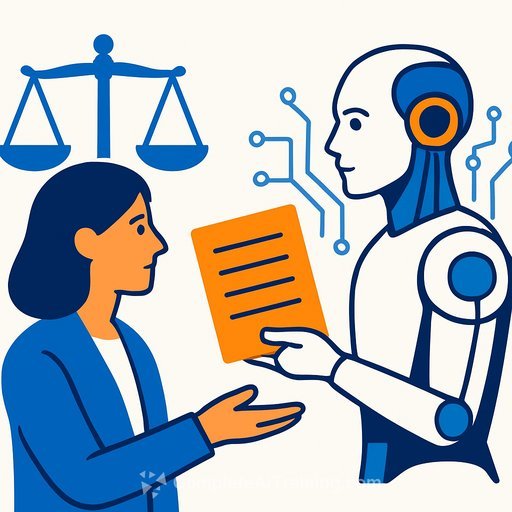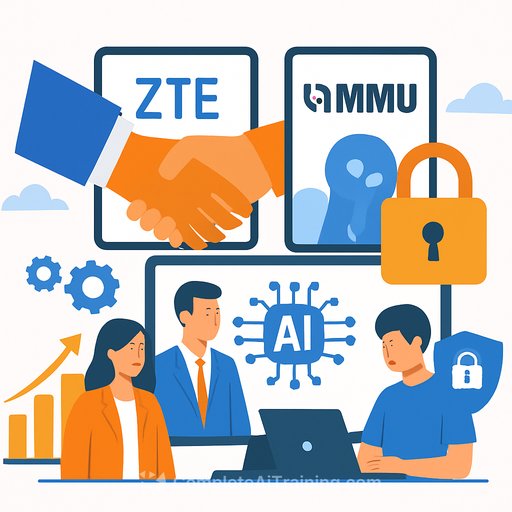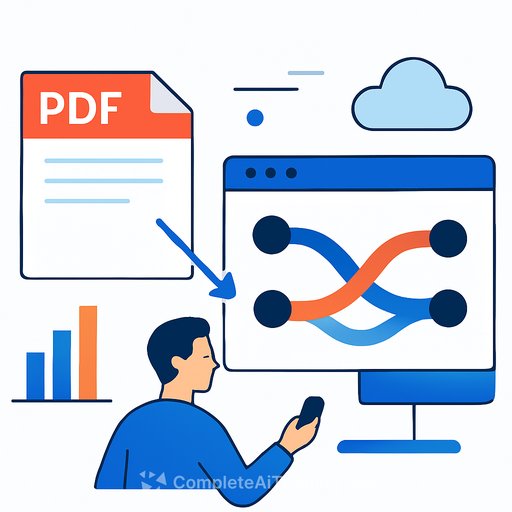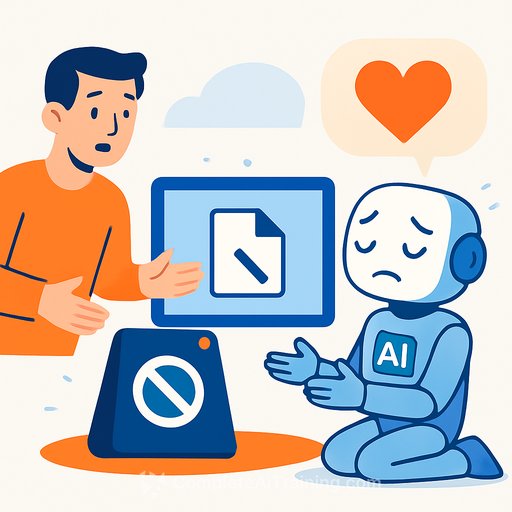AI for Development Needs Human Judgment More Than Ever
At the AI4D conference in Barcelona, creative technologist Javier Ideami shared a clear warning: the biggest needs in global development are exactly where today's AI models are weakest. Models work well on existing datasets, but they stumble on the reasoning required for messy, real-world decisions.
He also pushed back on the fear that AI will replace most jobs anytime soon. Many companies tried, then quietly brought humans back in when quality slipped and risk increased.
Where Current AI Falls Short
- Reasoning and causality: Pattern matching isn't decision-making. Complex trade-offs in health, finance, or humanitarian ops still need humans.
- Context and local nuance: On-the-ground realities don't fit neatly into training data.
- Out-of-distribution robustness: Real projects change. Models struggle when the environment shifts.
- Accountability: You need an owner for high-stakes outcomes. That's not a model; that's a person.
If you want a broad snapshot of model limits and progress, see the Stanford AI Index.
What This Means for IT and Development Teams
- Keep humans in the loop: Set explicit approval gates for high-impact actions and public outputs.
- Use structured reasoning: Combine LLMs with retrieval, tools, calculators, and verification steps. Don't rely on a single prompt.
- Evaluate on real tasks: Build test sets from actual field scenarios, not generic benchmarks.
- Hybrid systems win: Pair rules and constraints with models. Let deterministic logic handle policy and compliance.
- Observability first: Log prompts, outputs, and decisions. Add rollbacks and safe defaults.
- Plan for drift: Re-test after model updates or context changes. Edge cases will change over time.
Use Cases That Work Today
- Information extraction: Pull entities, indicators, and events from PDFs and reports for faster analysis.
- Multilingual support: Translate and summarize with local expert review before distribution.
- Assisted drafting: Create first drafts for grants, reports, and SOPs, then refine with domain experts.
- Triage and routing: Classify requests, prioritize cases, and surface guidance to agents.
- Geospatial pre-analysis: Generate hypotheses from satellite or survey summaries; validate before action.
What to Avoid
- Full automation of high-stakes decisions: Keep a human decision-maker for compliance and ethics.
- Context-free deployments: Local adaptability beats a one-size-fits-all model.
- Unverified outputs: Hallucinations still happen. Add reference checks and source citations.
- Replacing field expertise: Use AI to speed workflows, not to erase the people who understand the work.
Hiring and Skills That Matter
- Product + domain fluency: People who understand program goals and constraints, not just model specs.
- Data engineering: Pipelines for messy, multilingual, low-resource data are worth more than the latest model trick.
- Prompting and evaluation: Reusable prompts, tool use, and task-specific eval sets beat "magic" prompts.
- Human factors and ops: UX, training, and change management keep systems adopted-and safe.
If you're building these skills, explore practical learning paths by job role at Complete AI Training or see hands-on resources for prompt engineering.
A Simple Implementation Pattern
- 1. Frame the decision: Identify high-impact choices and define non-negotiables (policy, safety, accuracy).
- 2. Start small: Pick one assistive use case with clear KPIs and a human approver.
- 3. Build evals: Create a task-relevant benchmark with real documents, languages, and edge cases.
- 4. Add tools: Retrieval for facts, structured functions for calculations, and checklists for verification.
- 5. Ship with controls: Role-based access, logging, fallbacks, and a rollback button.
- 6. Iterate: Monitor errors, collect counterexamples, and update prompts, tools, and data frequently.
The Bottom Line
AI is a strong assistant for data-heavy work, but real development outcomes hinge on reasoning, context, and accountability. That's human territory.
Use AI to reduce grunt work and surface options. Let people make the calls that matter. As Ideami noted, teams that rushed to replace humans are already reversing course-and getting better results for it.
Your membership also unlocks:






